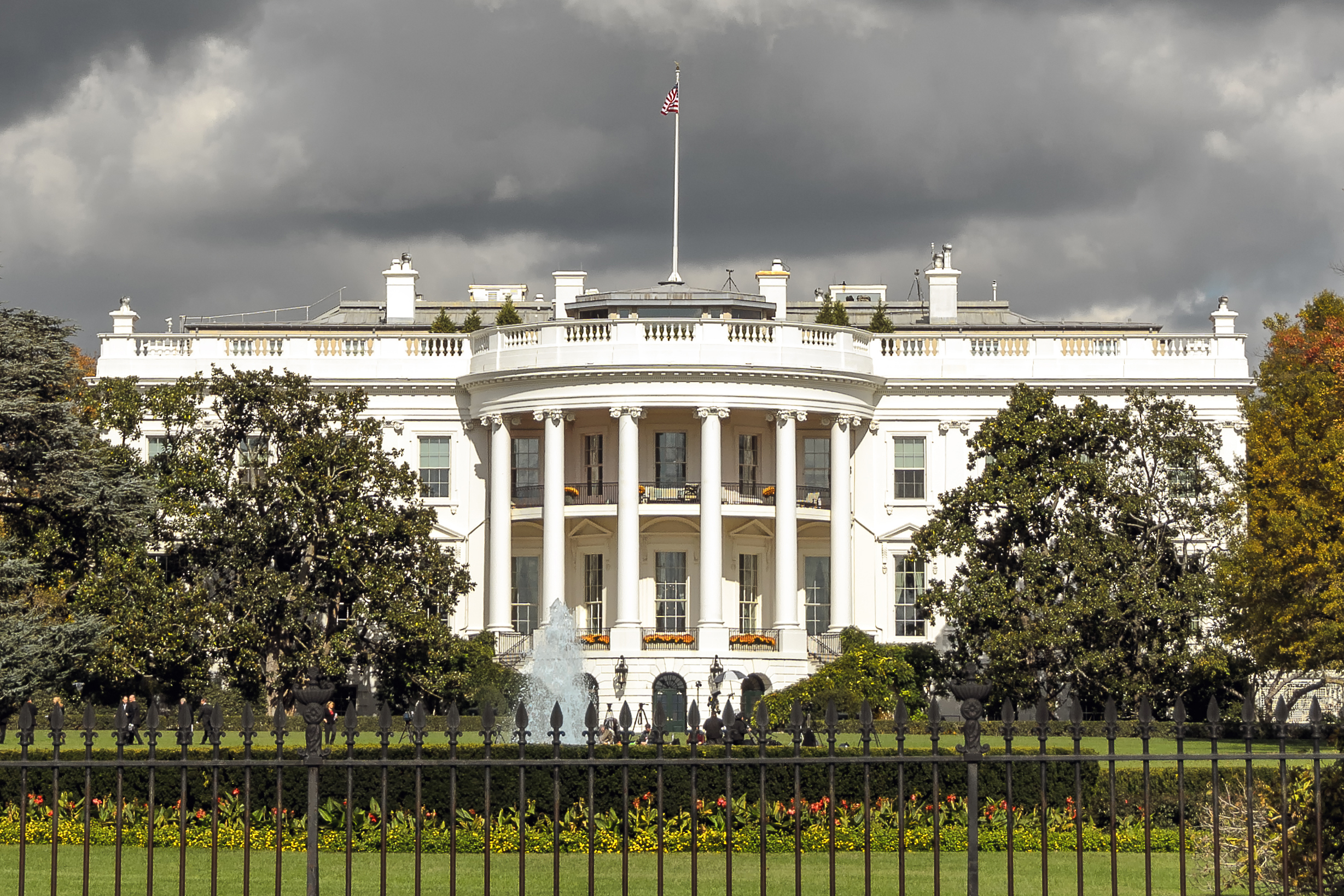The Places to Watch Nov. 6 — And What They’ll Tell Us About 2020
There are a lot of storylines in the 2018 midterms, but the most intriguing — and the most crucial to 2020 and the larger remaking of the parties — may be the vote that comes out of the blue-collar Middle Suburbs and the wealthy Exurbs. Those ACP community types, one primarily based around the Great Lakes and the other scattered around major metros across the country, hold the two crucial suburban swing votes.
The Middle Suburbs represent the most densely populated part of President Donald Trump’s base. In 2016, after years of being a political battleground, those 77 counties went heavily Republican because of Trump.
The Exurbs are the opposite. Long reliably Republican, they did not shift toward Trump in 2016; they actually gave him less of their vote than they gave Mitt Romney in 2012. The 222 Exurb counties are bastions of what might be considered the Republican establishment vote.
What happens in those two types of communities will hinge on two related questions: First, are Trump’s voters still fired up and ready to support Republicans who aren’t named Trump? Second, is the Republican traditional base still firmly with the party in the age of Trump?
The Middle Suburbs: Are Trump Voters Republican Voters?
Donald Trump won the Middle Suburbs by 13 percentage points in 2016. That was after Mitt Romney won them by only 2 points in 2012.
It’s hard to overstate the impact of that vote swing because of where those counties are located. The map below shows that they are packed into Michigan, Ohio, Pennsylvania and Wisconsin, the states that gave Trump his electoral win in 2016.
But flash forward to this year and polls show the Senate races in those states look pretty safe for the Democratic incumbents. All are rated “Likely Democratic” by the Cook Political Report. If those states do indeed reelect Democrats comfortably, the real question will be if the vote in the Middle Suburbs swings back in those states — or if turnout in those Middle Suburb counties is low compared to 2014 or 2016.
The numbers will reveal a lot about where Trump stands in those states today. Without big wins in those Middle Suburbs, Trump’s road to victory in 2020 gets a lot harder. He won Michigan, Pennsylvania and Wisconsin by a combined 77,000 votes.
Some key Middle Suburbs to watch this coming election night: Macomb in Michigan, Northampton in Pennsylvania and Racine and Kenosha in Wisconsin. Trump flipped all those counties in 2016 after they voted for Barack Obama in 2012. If they flip again on November 6, it indicates that, at the very least, their partisan tilt may be fluid. It could also suggest Trump should have real concerns about his reelection.
The Exurbs: Is the Republican Establishment Still Solidly Republican?
When Donald Trump won the presidency in 2016, the Exurbs stood out as an exception. They were one of the few Republican-leaning community types where the GOP vote percentage and margin was smaller than it was in 2012. In short, the Exurbs were the home of the Republican Trump skeptics.
The change in their vote had a more muted impact in the presidential election because of the way the Exurbs are scattered across the country. They tend to cluster around major cities as you can see below in the areas around Atlanta, Dallas, Denver and Minneapolis.
Still, the slight decline in the GOP vote in them, even as a Republican candidate won the White House, spoke to an uncertainty about the direction the party was heading with Trump as its leader. And as time goes by, Republican slippage in these communities could have ramifications in several large states, including North Carolina and Georgia, which are crucial in presidential elections and appear to be moving politically.
Election night offers a set of Exurbs to watch for clues in states with closely scrutinized statewide races.
- Georgia’s Fayette County, near Atlanta went for Trump 19 points, but Mitt Romney won it by 31 points in 2012.
- In Indiana, Trump won Hamilton County, north of Indianapolis, by 19 points in 2016, but four years earlier Romney won it by 34 points.
- Iowa swung heavily to Trump in 2016, but he won Dallas County, in suburban Des Moines, by 9 points compared to Romney’s 12-point win in 2012.
- Ohio’s Delaware County, north of Columbus, gave Trump a 16-point win, but Romney won it by 23 points four years earlier.
Republican candidates should win all those counties on November 6, even if they lose their races, but the margins could be telling. The Exurbs are important to the GOP because they are populous. Margins matter. And if the numbers slide in these communities in 2018, it is a sign that some of the most reliable Republican voters are not enthused about voting — even in a year when voters of all stripes say they are energized.
To be clear, 2020 is a long way off, but the 2018 results will still offer clues about important pieces of the political landscape as the conversation begins.
